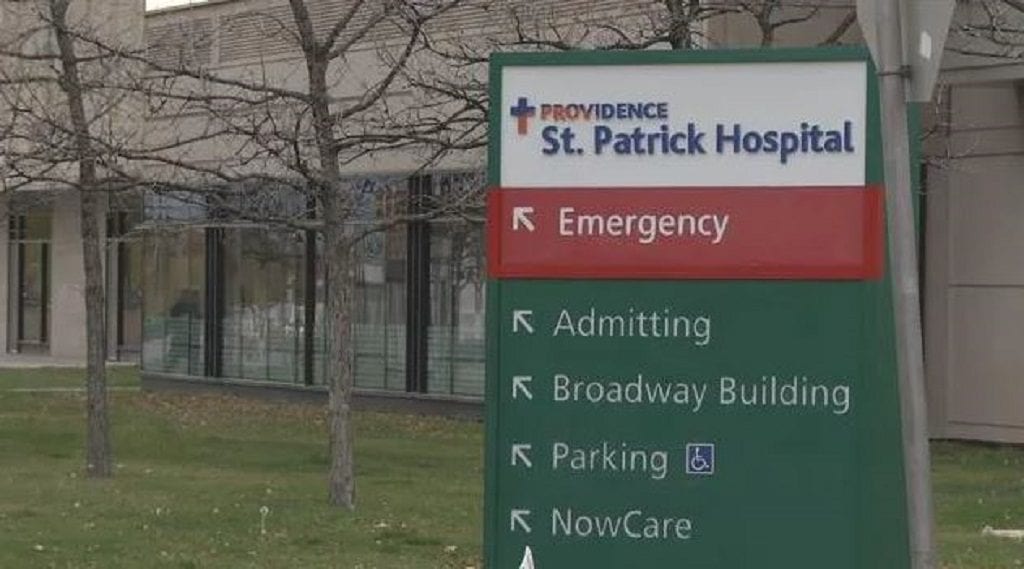
MISSOULA – Back in 2015, Missoula’s Rob Owens knew something wasn’t quite right, but suspected his wife Jennifer was experiencing a stroke.
He knew he needed to take quick action, “grab my hands and squeeze for all you’re worth,” he told Jennifer.
Two weeks prior, Rob’s co-worker Gordon Stabler had a stroke. Alarmed when he was told he wasn’t making sense, Gordon walked from work to the nearby emergency room at Providence St. Patrick Hospital.
Moments after he arrived with a weak arm and confused speech, Gordon was in the hands of the hospital’s stroke team.
“I knew what to look for, because I’d seen how stroke affected Gordon,” Rob remembers.
The video was developed by the Montana Cardiovascular Health Program of DPHHS in partnership with Providence St. Patrick Hospital.
Identifying a stroke and taking action quickly are key to stroke recovery. The crucial factor in effective treatment is time. The test for a possible stroke is based on F.A.S.T. — Face drooping; Arm weakness; Speech problems; Time to call 911.
“We are aggressive in treating stroke from the very early going,” says Dr. John Schaeffer, a neurologist with Providence Montana in Missoula. “When an artery is blocked, brain cells start to die. That’s what a stroke is: dead brain cells due to lack of blood supply. It’s imperative to get to the hospital immediately.”
The clot-dissolving drug can only be administered within the first three or four hours from the start of symptoms. Other options, such as removing the clot with advanced mechanical tools, also have a limited time window. Until treatment occurs, brain cells continue to die.
DPHHS reports that in Missoula County, the medical community has made a concerted effort to improve the number of patients receiving the best options in stroke treatment.
Coordination between EMS, rural hospitals and a stroke hub like Providence St. Patrick Hospital have increased the use of the IV drug; some patients are receiving it prior to arrival.
Information about stroke signs and prevention is now available at many community outlets, area health care providers and @MTStroke.

